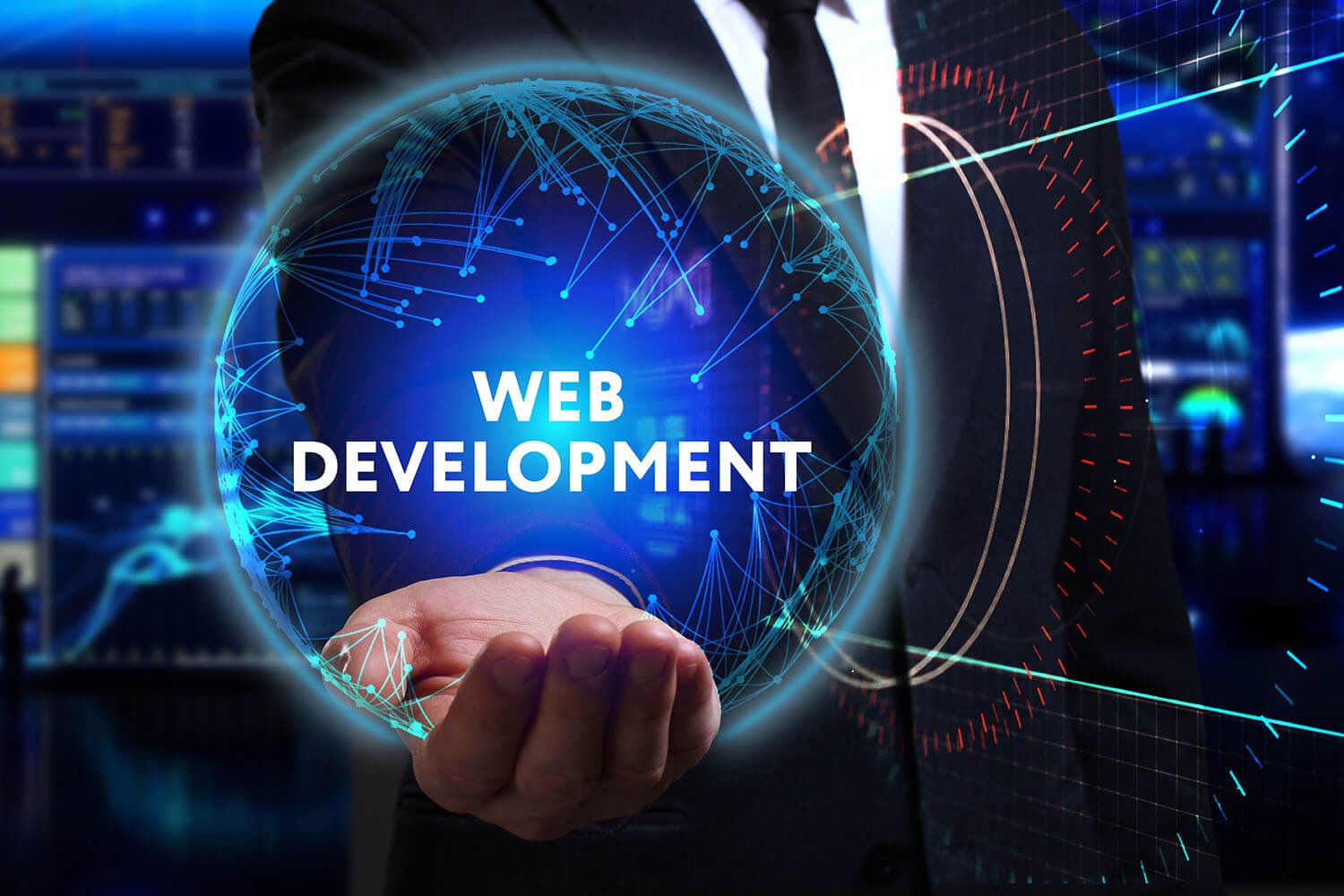Unlocking the World of AI Detector: What They Are and Why They Matter
We live in an era where artificial intelligence (AI) is evolving rapidly, influencing nearly every aspect of our daily lives. From chatbots and virtual assistants to self-driving cars and healthcare diagnostics, AI solutions are becoming indispensable. But amidst all the fascinating capabilities of AI, there’s one critical yet sometimes overlooked tool that plays a pivotal role behind the scenes AI detector.
Well, it’s time to decode this technology that ensures AI systems remain beneficial, ethical, and fair.
What Is an AI Detector?
At its core, an AI detector is like a magnifying glass for artificial intelligence systems. It’s designed to analyze, verify, and distinguish whether a piece of content, data, or behavior originates from a human or an AI-driven platform. AI detectors come in various forms and serve distinct purposes based on their application.
Think of an AI detector as a watchdog that ensures AI-generated content or actions stay within ethical and legal boundaries. For instance, they can identify fake news generated by AI algorithms, authenticate human-written text in academic settings, or even confirm the originality of designs or artworks in the creative industry.
Common Applications of AI Detectors
AI detectors are already making waves in several industries.
1. Upholding Integrity in Education
With the rise of AI tools like chatbots and writing assistants, educators face challenges in distinguishing original student work from AI-generated content. This is where AI detectors shine. They can assess essays, research papers, and assignments to determine if these were wholly or partially created by AI. Not only does this help maintain academic integrity, but it also ensures students genuinely engage with the learning process.
Scenario: A teacher receives an essay where the tone seems unusually polished and sophisticated for a high school student. Running it through an AI detector reveals that parts of the essay were likely drafted using an AI writing tool. This insight opens the door for constructive dialogue between teacher and student about appropriate use of AI in assignments.
2. Combating Misinformation
The internet is awash with content, and not all of it is reliable. With advanced AI models now capable of generating realistic-looking news articles, videos, or social media posts, the spread of misinformation has become a pressing issue. AI detectors can identify whether a piece of content was generated by AI or human sources, making them invaluable tools for fact-checkers and journalists.
Imagine scrolling through your social media feed and stumbling upon an article that claims some outlandish piece of news. AI detectors can be the unsung hero in the fight against false narratives by sniffing out AI-originated misinformation before it goes viral.
3. Detecting Deepfake Content
Deepfake technology, where AI generates realistic videos or audio recordings of people, is both impressive and alarmingly deceptive. Deepfake videos have been used to impersonate public figures, often with malicious intentions. AI detectors come to the rescue by using algorithms to identify the subtle inconsistencies that reveal a deepfake’s true nature. These detectors are critical in preserving trust and protecting against fraud or manipulation.
4. Enhancing Cybersecurity
Cybercriminals are increasingly leveraging AI for phishing attacks and data breaches. AI detectors can identify patterns in malicious activities, flagging suspicious content that appears to be generated by sophisticated AI tools. This helps keep individuals and organizations safe from evolving security threats.
The Benefits of AI Detectors
AI detectors aren’t just tools; they are safeguards that bring numerous benefits across industries:
- Promote Transparency: By identifying AI-generated content, they ensure transparency in how information is created, shared, and used.
- Foster Accountability: AI detectors hold creators and users of AI technologies accountable for the impact and implications of their work.
- Encourage Responsible AI Usage: These tools prevent misuse by flagging inappropriate applications of AI, making it easier to implement regulations and standards.
- Save Time and Effort: For industries like cybersecurity or education, AI detectors streamline processes, reducing workload and improving efficiency.
The Challenges of AI Detectors
While the benefits are clear, no technology comes without its hurdles. AI detectors, though incredibly advanced, face their own challenges:
- Evolving AI Models: AI algorithms are constantly improving. With every new generation, detectors must also adapt to keep up with increasingly sophisticated systems.
- False Positives/Negatives: Occasionally, an AI detector might slip up, flagging a human-written piece as AI-generated or vice versa. Balancing accuracy with sensitivity is an ongoing task.
- Privacy Concerns: To function effectively, AI detectors often need access to data. Ensuring that this data is handled ethically and in compliance with privacy laws is crucial.
A Look Into the Future
The prevalence of AI in our lives will only increase, and with it, the importance of AI detectors will rise. Soon, these tools could be integrated directly into browsers, social media platforms, and digital publishing tools. Imagine a world where every time you interact with a piece of online content, an AI detector provides a small badge indicating its origin. This would empower users to make informed decisions about what they consume and share.
Additionally, ongoing advancements could make AI detectors more nuanced, extending their use beyond text or images into areas like audio or behavioral patterns.
Final Thoughts
AI detector are the unsung heroes of the AI revolution. They might not generate headlines like shiny new algorithms, but they quietly ensure that the AI systems we rely on are safe, ethical, and trustworthy. By understanding and leveraging the power of AI detectors, we can create a future where technology works harmoniously with humanity.
The next time you encounter a piece of suspiciously perfect content or wonder about the authenticity of a video, remember that AI detectors are there to uncover the truth. And in a world where our interactions with AI are constantly evolving, that truth is more important than ever.


